Socialist Realism: Reflecting the Soviet Ideal
Socialist Realism was a Soviet art movement that dominated art production from the early 1930s to the late 1980s. The style was mandated by the state and intended to promote socialist ideology by depicting scenes of everyday life, especially the work and recreation of ordinary people.
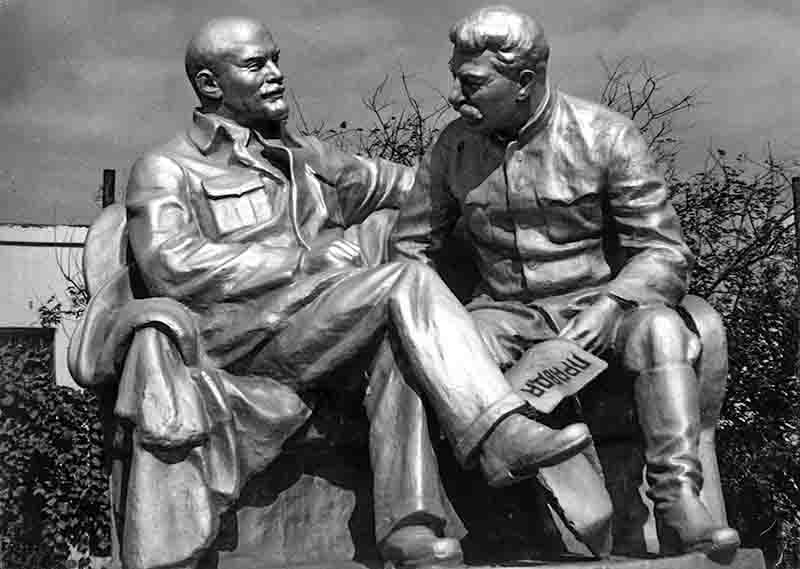
Statues of Lenin and Stalin could be found in various places in the Soviet Union, including the Moscow Metro. There were two standard designs: one where the two leaders sat together on a bench, and one where Lenin sat and Stalin stood. Such statues were removed as part of Khrushchev's policy of de-Stalinization in the early 1960s.
Socialist Realism served as a powerful tool of propaganda for the Soviet Union, aiming to shape public consciousness and reinforce the ideals of communism.
The primary target audience for socialist realism was the "common man," particularly the workers in factories and agricultural sectors.
This focus stemmed from the communist ideal of elevating the proletariat and portraying their lives as admirable examples of socialist virtue.
Socialist Realism aimed to present an optimistic and romanticized view of life in the USSR.
This involved showcasing the "health and happiness" of the Soviet people, highlighting industrial and agricultural progress, and celebrating the heroism of workers and other model citizens.
By depicting heroic workers, diligent farmers, and joyful citizens, Socialist Realism sought to instill a sense of pride and belief in the Soviet system.
In 1956, Peter Bock-Schroeder became the first West-German photo reporter to visit the Soviet Union and was given the opportunity to portray the Russian sculptor Matvey Manizer at work in his atelier in Leningrad.
12 Facts about Socialist Realism
-
State-Sponsored Art: Socialist realism was primarily state-sponsored and served as a tool for promoting the ideology of socialist and communist regimes.
-
Ideological Purpose: These works depicted idealized figures such as workers, peasants, soldiers, and revolutionary leaders, symbolizing collective strength, industrial progress, and dedication to socialist values.
-
Industrial Revolution Impact: The Industrial Revolution played a significant role in the development of socialist realism, as artists sought to capture the realities of urban life and the working class.
-
Realistic Style: Unlike modernist or abstract art, socialist realism embraced a realistic, accessible style to ensure the message was clear and understandable to the masses.
-
Key Countries: Socialist realism was prominent in the Soviet Union, China, North Korea, Cuba, and other socialist states, each adapting the style to reflect their own revolutionary history and national identity.
-
Glorification of Labor: Soviet state art focused on the glorification of industrial and agricultural labor, portraying workers as heroic figures driving progress.
-
Propaganda Tool: The primary function of socialist realism was propaganda, aiming to reinforce loyalty to the state and its leaders, as well as promote the ideal of collective effort over individualism.
-
Industrial Revolution Impact: The Industrial Revolution played a significant role in the development of socialist realism, as artists sought to capture the realities of the working class.
-
Regional Variations: Socialist Realism has different manifestations in different regions of the world, reflecting the unique social and political contexts of each place.
-
Representation of Leaders: Socialist Realism immortalized revolutionary leaders like Lenin, Stalin, Mao Zedong, and Kim Il-sung, positioning them as central figures in the nation's narrative.
-
Suppression of Avant-Garde Movements: Socialist realism was enforced at the expense of avant-garde, abstract, and experimental art movements, which were seen as elitist or counter-revolutionary.
-
Decline After Regime Changes: While Socialist Realism was a powerful force in the 19th and early 20th centuries, its influence began to wane in the end of the 20th century.
These facts highlight the political, artistic, and social significance of socialist realism during the 20th century.
The History of Socialist Realism
From the early 1930s to the 1980s, socialist realism reigned as the officially sanctioned art style in the USSR, shaping painting, sculpture, literature, and other art forms.
Artists became state employees, facing censorship and potential punishment for deviating from the strict guidelines.
Despite limitations, some talented artists produced noteworthy works within and outside the confines of Socialist Realism.
| Timeline | Important Events |
|---|---|
| 1932 | The Soviet Union officially adopts socialist realism as the state-approved artistic style, including sculpture. |
| 1934 | Central Committee delegate Andrei Zhdanov outlines the formula for Socialist Realism - "A combination of the most austere, sober, and practical work with supreme heroism and the most grandiose prospects. |
| 1941-1945 | During WWII, socialist realism art focus on themes of patriotism and heroism, reflecting the war effort. |
| 1949 | Socialist realism becomes the dominant art style in China, influencing the creation of state art under Mao Zedong’s regime. |
| 1950 | Significant socialist realism artworks are created in the Soviet Union, symbolizing unity between workers and peasants. |
| 1955 | Emergence of notable artists working within (and sometimes challenging) the confines of Socialist Realism |
| 1960s | Rise of the "Severe Style" within Socialist Realism |
| 1970s | The influence of socialist realism begins to wane as modernist and abstract art styles gain popularity. |
| 1980 | Exhibitions of Soviet socialist realism art are held in Western countries, showcasing Soviet artistic achievements. |
| 1991 | The dissolution of the Soviet Union leads to a reassessment of socialist realism art and their place in history. |
| 1992 | Significant restoration projects for socialist realism begin, led by newly formed independent institutions. |
| 2000 | Conferences and symposiums are held globally to discuss the historical and artistic significance of socialist realism. |
| 2010 | Growing interest in socialist realism as a subject of academic research and public exhibitions. |
| 2020 | Major museums around the world host exhibitions dedicated to socialist realism, emphasizing its historical context and artistic value. |
This timeline captures significant events and milestones in the history of socialist realism sculptures, illustrating the evolution and impact of this artistic movement.
From Propaganda to Art: The Role of Socialist Realism
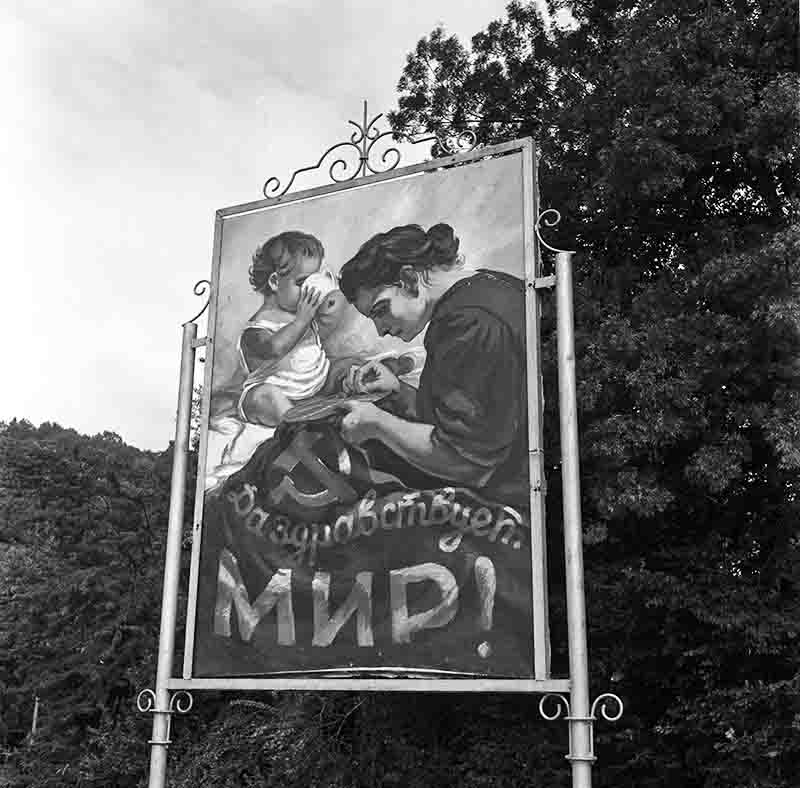
Despite the Cold War divide, there were instances of artistic dialogue and exchange between the Soviet Union and the West.
Political and Ideological Foundation
The early Soviet period saw the flourishing of avant-garde art. However, by the 1930s, the government deemed it "arid," "soulless," and "formalist," favouring a more accessible and didactic style for the masses.
Socialist realism, as an artistic movement, was officially mandated in the 1930s during Joseph Stalin's leadership in the Soviet Union.
This wasn’t just a preference for a particular artistic style; it was a state-imposed directive.
Art, in all its forms—literature, music, painting, and sculpture—was expected to serve the goals of socialism.
The primary objective was clear: create art that portrayed the strength and unity of the working class, the inevitability of the communist future, and the virtues of the Soviet or socialist regime.
The Role of Propaganda
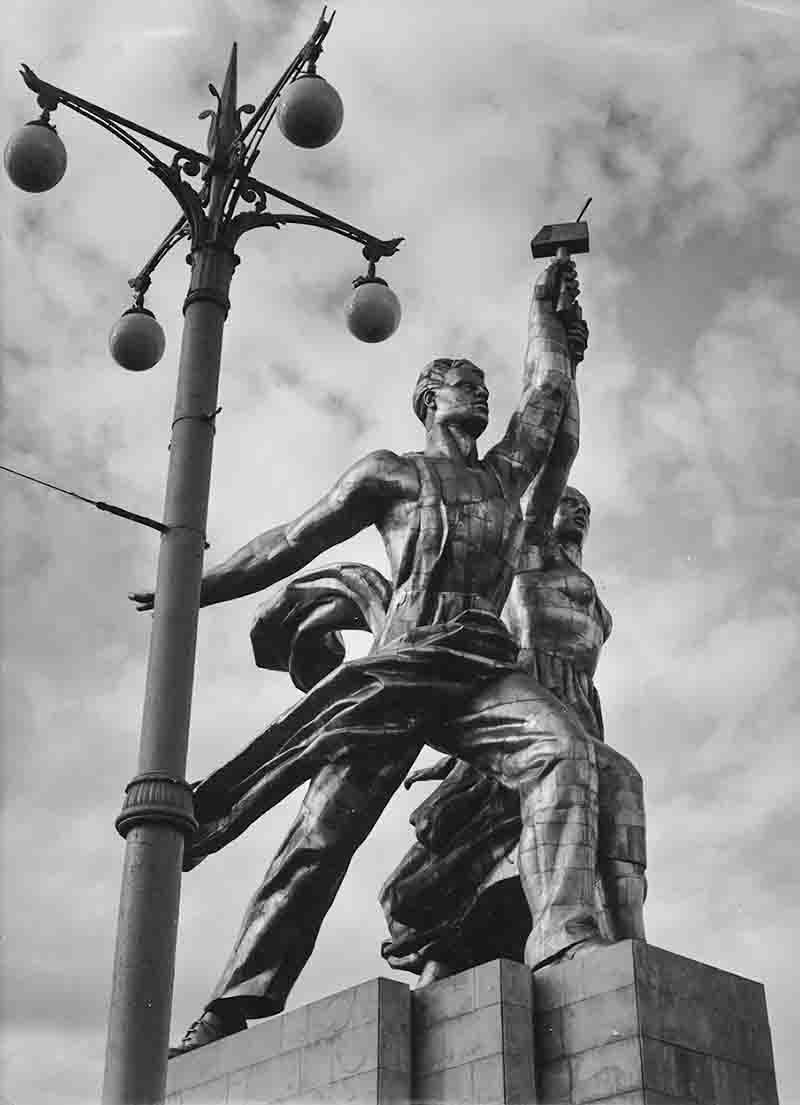
Worker and Kolkhoz woman, the pair is meant to represent the eternal unity of the working class and the peasantry in the Soviet Union. During the 1937 World's Fair in Paris, a confrontation took place between the two future enemies of the Second World War, the USSR and Germany. Their monumental pavilions were directly opposite each other on the main boulevard at the Trocadéro.
Navigating Censorship: Art in the Soviet Union
With the institution of Socialist Realism as the official art style in 1932, the Soviet state, under Stalin's rule, exerted tight control over artistic expression, dictating acceptable themes, styles, and messages
This control had far-reaching consequences for artists, forcing them to navigate a complex web of restrictions to avoid persecution and advance their careers.
Transgressions against the Soviet art principles were met with harsh punishments.
Artists who dared to deviate from the prescribed path faced a range of consequences, from exclusion from prestigious unions, which acted as gatekeepers to exhibition opportunities, to social ostracism, loss of livelihood, and even imprisonment
This created a climate of fear and self-censorship among artists, who often had to choose between their creative impulses and personal safety.
Despite the suffocating grip of censorship, artists developed various strategies to navigate these restrictions, preserve their artistic integrity, and find avenues for personal expression.
While the state sought to create a unified style, individual artists still managed to express their own creativity, which is now being recognised by art historians.
Some artists found ways to inject their own unique creativity and nuance into their works, bypassing the confines of Socialist Realism.
They subtly undercut expectations, tackling established themes in intriguing ways and creating independent works that did not conform to the official style.
The “New Soviet Man” and Heroism
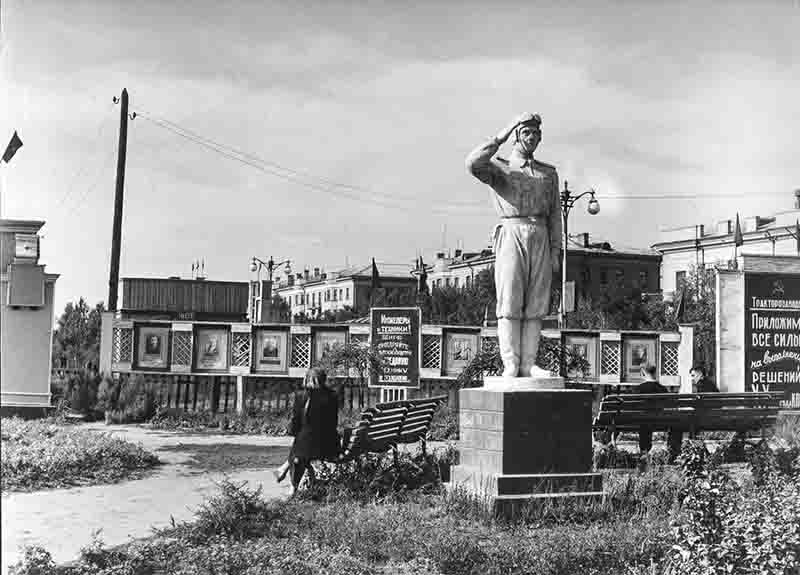
Rooted in realism, Socialist Realism went beyond mere representation, demanding historical accuracy intertwined with optimism and the "revolutionary potential" of society.
The concept of the "New Soviet Man" was central to socialist realism sculptures.
This idea envisioned a new type of human being—one who was entirely selfless, hardworking, and deeply committed to the ideals of socialism.
Soviet art depicted this ideal man as physically strong, emotionally disciplined, and mentally focused.
He was often shown in heroic poses, carrying tools of labor or leading his comrades into battle.
These works glorified the idea that a better society could be built through sacrifice, labor, and loyalty to the state.
While men were often the focus, women also appeared, depicted as peasants or workers but still embodying the same strength and determination as their male counterparts.
Glorification of Labor and Industry
One of the most important themes in socialist realism was the glorification of manual labor.
Artworks frequently portrayed workers in factories or fields, with exaggerated physiques to emphasize their physical power and dedication to their work.
These figures were symbols of progress and industrialization.
The message was that through hard work and cooperation, socialism would triumph over capitalism.
There was a specific focus on showing the unity of workers across different sectors—factory workers, miners, farmers—each playing a part in the grand project of building a socialist society.
The protagonists are mostly placed in positions of action, with tools in hand, as if captured mid-task.
This not only promoted the idea of productivity but also emphasized the dignity of labor, portraying it as something noble and honorable.
Socialist Realism and the Consolidation of Power
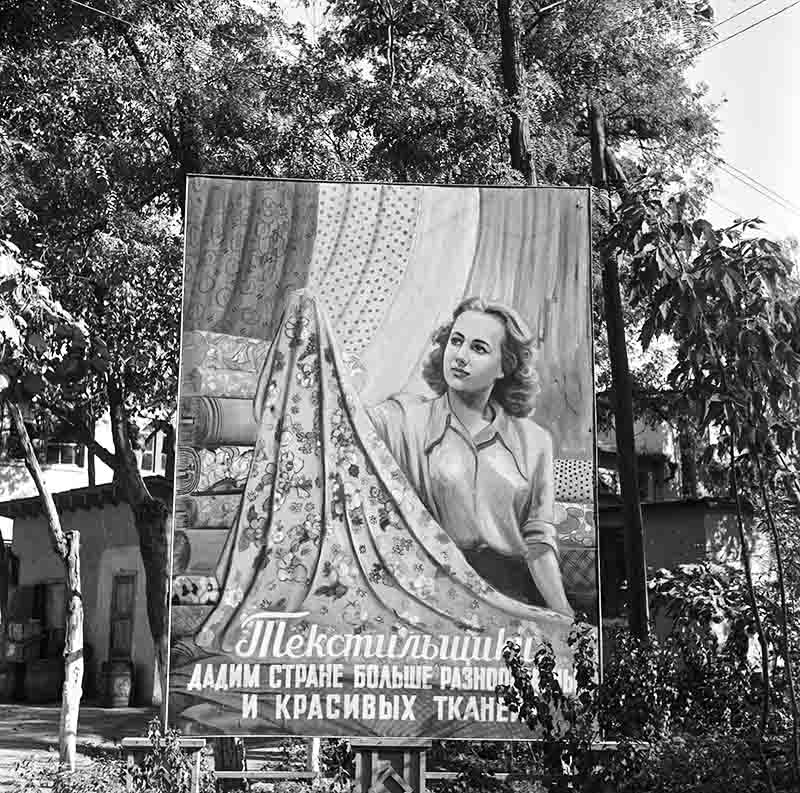
While Socialist Realism remains most closely associated with the Soviet Union, its influence extended beyond its borders, particularly in countries with communist or socialist governments.
Peasants, especially in the Soviet Union, were central to the early efforts of the socialist state.
As a result, they appeared frequently in works of art, representing the successful collectivization of agriculture.
They were typically portrayed as strong, weathered, and committed to the collective farms.
Unlike earlier depictions of rural life in Russian art, which sometimes romanticized the countryside, socialist realism presented agriculture as a disciplined and organized force for progress.
Soviet state art showed peasants not as individual farmers but as part of a collective effort to feed and sustain the nation.
They stood alongside workers, reinforcing the idea that the success of socialism depended on cooperation between the urban and rural populations.
Creating Collective Memory
Social realism played an important role in creating and maintaining a collective memory.
By constantly showcasing the same heroes and ideals, the state could ensure that its version of history and national identity was always at the forefront.
Artworks of Lenin were meant to keep the memory of the Russian Revolution alive in the minds of Soviet citizens, tying the past revolutionary struggles directly to the current regime’s legitimacy.
The creation of a unified national identity was one of the primary goals of socialist realism.
Soviet Art Ideology: The Power of Socialist Realism
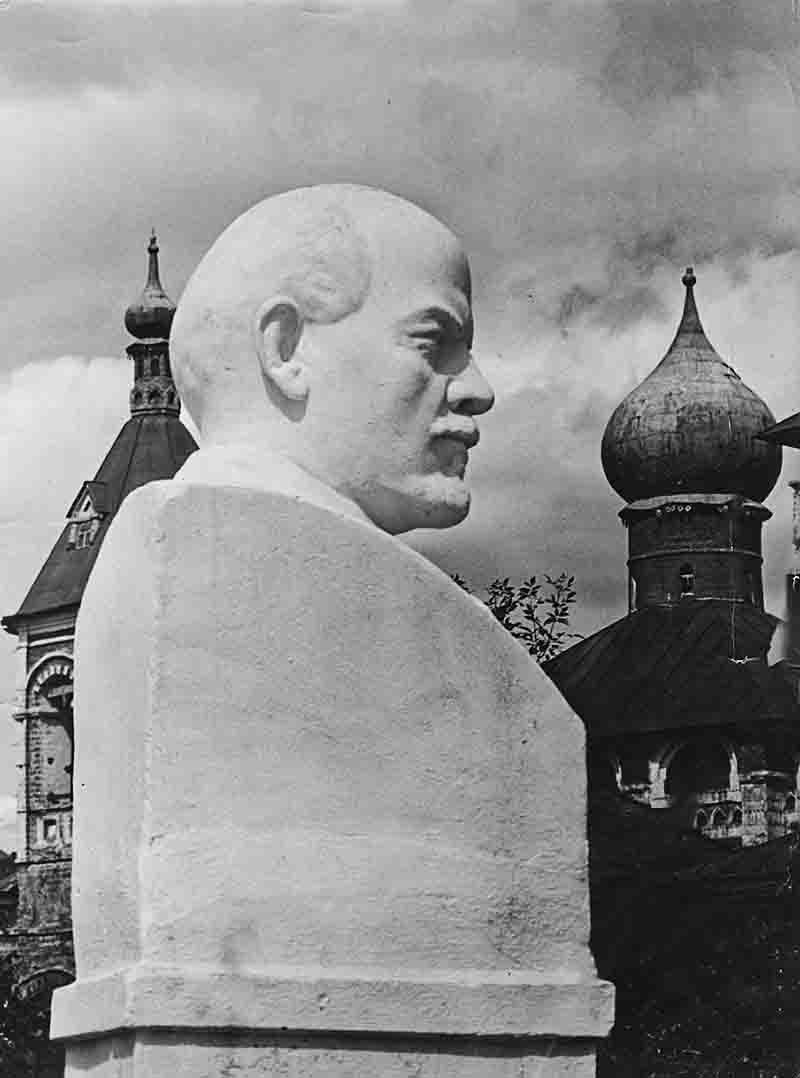
As symbols of a specific time and place, they remain a testament to the power of art as a tool of political control.
Soviet art did not just reflect society—they shaped it.
It was part of an effort to mold citizens into idealized versions of themselves.
By depicting strong, determined workers and peasants, the state was telling its citizens what they should aspire to be.
This was not a passive process; it was active and intentional, shaping the way people viewed themselves and their place in the socialist system.
-
Socialist Realism: The officially sanctioned art style of the Soviet Union from the 1930s to the 1980s, characterised by its realistic depiction of subjects and its promotion of socialist values.
-
Rejection of the Avant-Garde: The early Soviet period saw the flourishing of avant-garde art. However, by the 1930s, the government deemed it "arid," "soulless," and "formalist," favouring a more accessible and didactic style for the masses.
-
Proletariat: The working class, particularly those involved in industrial labour, often seen as the driving force of revolution in Marxist theory.
-
Formalism: A criticism levelled at art that prioritises form over content, often used in the Soviet Union to denounce art deemed insufficiently engaged with socialist themes.
-
Peredvizhniki (The Itinerants or Wanderers): A late 19th-century Russian realist art movement that sought to depict the lives of ordinary people and challenge social injustice.
-
Positive Heroes: Works of art and literature were populated with "positive heroes" who exemplified the desired traits of the "New Soviet Man"
-
Control and Censorship: Censorship was rigorously enforced, and artists who deviated from the principles of Socialist Realism faced severe consequences, ranging from exclusion from artistic circles to imprisonment.
-
Omission and Simplification: Characters and situations were often simplified, lacking the complexity and nuance of real life. This approach aimed to present a clear and unambiguous message that was easy for the masses to grasp.
-
Realism with a Twist: Socialist Realism went beyond mere representation. It incorporated elements of idealism and optimism, portraying life not just as it was, but as it should be under communist rule.
-
Accessible to the Masses: To effectively reach the widest possible audience, Socialist Realism employed a readily understandable realistic style.
The movement sought to portray communist ideals, such as the elevation of the worker, in a realistic and accessible manner, but this often led to the suppression of complexity and individuality.
The Legacy of Socialist Realism: A Contested Terrain
The legacy of Socialist Realism remains a subject of ongoing debate and reassessment.
Its initial reputation as a purely propagandistic and artistically stifled movement is gradually giving way to a more nuanced understanding that recognizes its complexities, its achievements, and its influence on both Russian and global art.
While its limitations are undeniable, Socialist Realism serves as a reminder of the intricate relationship between art, politics, and society, and the ways in which artists have navigated the challenges of censorship and ideological control throughout history.
By understanding the political climate, the ideological imperatives, and the everyday realities of life in the Soviet Union, scholars have been able to uncover layers of meaning and nuance within Socialist Realism that were often overlooked during the Cold War era.
Socialist Realism: FAQ
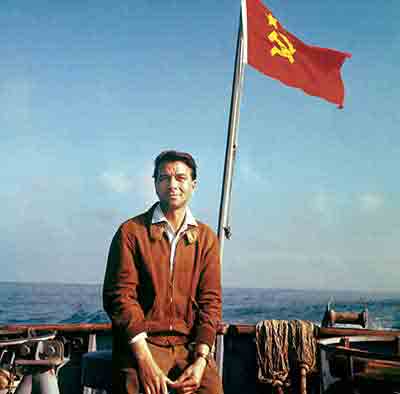
Exclusive USSR Photos
In 1956, Peter Bock-Schroeder (1913-2001) was the first West-Geman photographer to be permitted to work in the USSR.
PBS